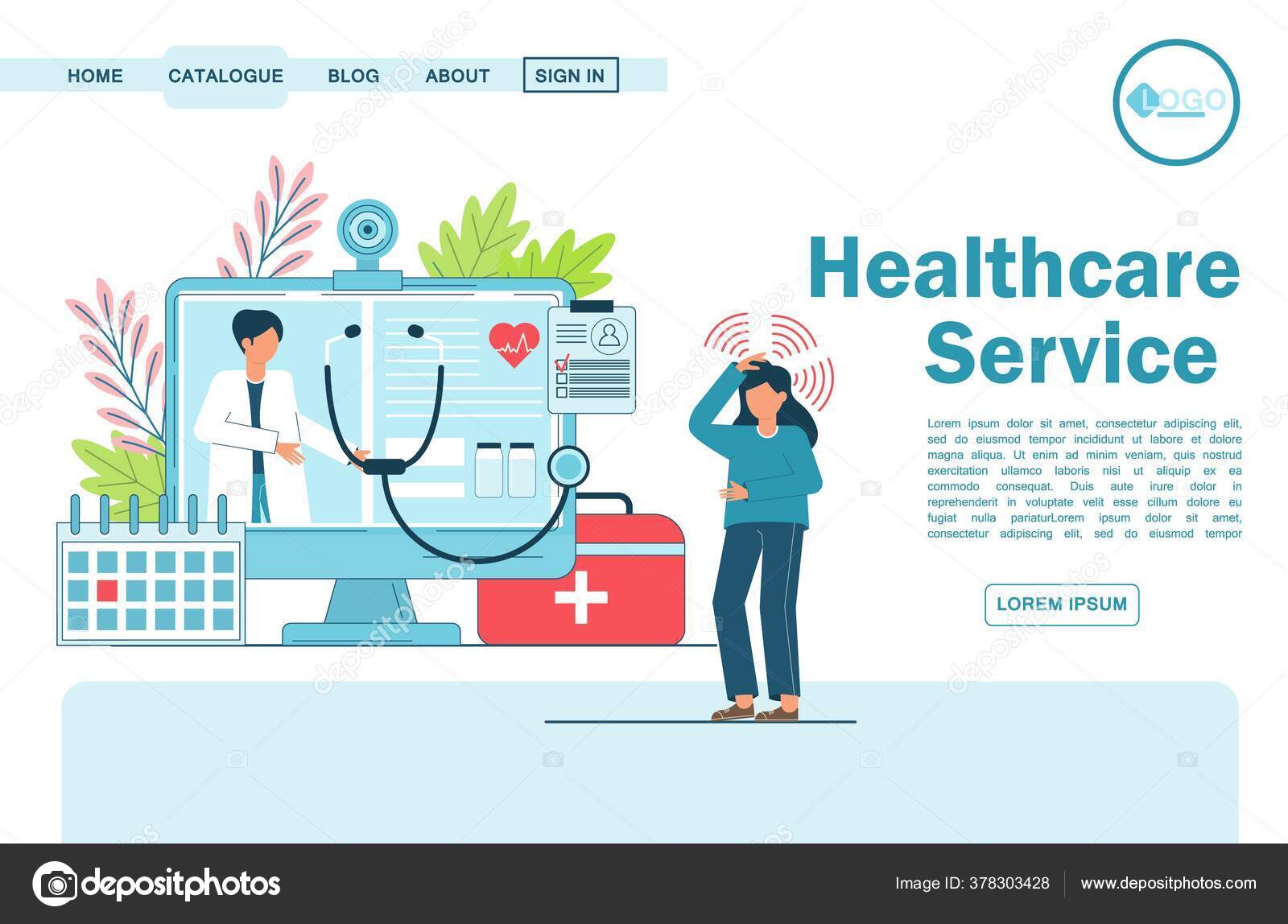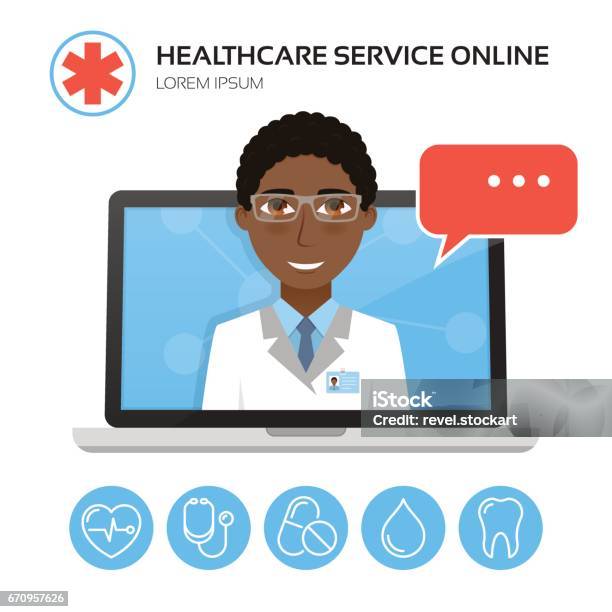The Influence of Subscription Based Healthcare on Standard Medical Practices
The Influence of Subscription Based Healthcare on Standard Medical Practices
Blog Article
The Surge of Subscription-Based Healthcare and Its Effect On Client Treatment
As health care progresses, the subscription-based model is getting grip, promising to transform patient care by supplying predictability and access. These versions, which bypass conventional insurance policy, can redefine the patient-doctor dynamic, highlighting precautionary and personalized treatment. Yet, similar to any kind of innovation, they present difficulties, especially worrying equitable access for all socioeconomic groups. The potential for these models to reshape medical care delivery elevates pressing inquiries concerning their long-term sustainability and inclusivity. Are these subscription solutions the future of health care, or do they take the chance of leaving at risk populaces behind? The intricacies of this shift warrant a more detailed exam.
Understanding Registration Health Care Designs
Comprehending the concept of membership healthcare designs includes taking a look at a transformative strategy to clinical services that stresses cost and accessibility. These designs, commonly described as direct medical care (DPC) or attendant medicine, have actually become cutting-edge choices to conventional fee-for-service health care systems. Subscription healthcare permits patients to pay a set regular monthly or yearly fee for a specified set of clinical services, which may include unlimited workplace sees, regular check-ups, and standard laboratory tests, without the demand for typical insurance invoicing.
The structure of subscription health care versions is created to enhance patient care by removing third-party payers and intricate billing codes, consequently lowering administrative problems. Doctor can focus a lot more on individual care, fostering more powerful patient-provider connections. This version additionally advertises preventative care by urging regular gos to, as the monetary barrier of per-visit fees is removed.
The membership design usually encourages health care suppliers to manage smaller patient panels, enabling more individualized treatment. It straightens economic incentives with person health and wellness outcomes, as providers are motivated to maintain client fulfillment and wellness. Generally, understanding membership medical care designs calls for identifying their potential to reshape how care is provided and accessed.
Advantages for Patients and Providers
With a consistent earnings stream, medical care professionals can dedicate more time to each individual, leading to an extra individualized and thorough care experience. The focus on preventive care within membership strategies can lead to far better individual end results and minimized long-lasting medical care prices.
Obstacles and Issues
While subscription-based health care designs present many advantages, they also include a set of obstacles and problems that should be addressed. First, access stays a considerable issue, as these versions typically target individuals that can manage month-to-month costs, possibly excluding low-income populations. This increases honest inquiries concerning fair access to healthcare services. Furthermore, the diverse nature of subscription strategies can result in complication among clients pertaining to protection specifics, potentially resulting in unmet assumptions or insufficient care.
Financial sustainability of subscription-based versions is an additional issue. Companies need to balance the set earnings from registrations with the variable prices of health care services, which might fluctuate because of unforeseen clinical needs. This can create stress to restrict solutions or rise charges, potentially influencing person satisfaction and care high quality.
In addition, regulative oversight of subscription-based healthcare designs is still advancing. The absence of standard frameworks can lead to irregular solution top quality and liability, making complex efforts to make certain patient protection. The combination of modern technology-- typically a foundation of these designs-- raises concerns about information privacy and safety and security, as delicate patient information can be vulnerable to violations. Addressing these challenges is essential for the effective and equitable execution of subscription-based medical care.
Effect On Patient-Doctor Relationships
One considerable impact of subscription-based medical care designs on patient-doctor partnerships is the potential for enhanced continuity and personalized treatment. By adopting a registration design, doctors can take care of a smaller client panel, allowing for even more committed time with each individual. This raised accessibility fosters a much deeper understanding of a client's clinical history, lifestyle, and preferences, allowing much more customized therapy strategies and interventions.

Nonetheless, it is very important to identify that while subscription-based versions may profit those who can afford them, they could inadvertently expand medical care disparities. Clients who are incapable to take part in these versions may experience decreased accessibility to individualized treatment, possibly affecting their partnerships with doctor. Thus, while the membership version offers promising advantages for patient-doctor relationships, it also poses difficulties that require to be dealt with to make certain equitable medical care gain access to.
Future of Healthcare Gain Access To

The function of innovation can not be neglected in this change. Telemedicine systems and digital health documents promote seamless communication between clients and healthcare suppliers, damaging down geographical and logistical obstacles. Furthermore, improvements in fabricated knowledge and information analytics can even more personalize medical care by forecasting client requirements and enhancing therapy strategies.
Nevertheless, the future of healthcare gain access to also offers obstacles, such as making sure equity across different socio-economic teams. Policymakers and healthcare providers have to work together to connect the electronic divide, making sure that subscription-based models visit the site stay inclusive and affordable. As these systems mature, they hold the promise of making health care more obtainable, effective, and patient-centric.
Conclusion
Subscription-based medical care versions are reshaping client treatment by offering a stable cost structure and enhancing ease of access. These versions reinforce patient-provider partnerships via customized treatment and normal sees, highlighting preventative health and wellness. Regardless of these benefits, obstacles such as ease of access issues for low-income populaces and the requirement for equitable medical care solutions continue. The increase of subscription-based health care encourages aggressive patient interaction, which has the prospective to boost person outcomes and fulfillment, signifying a transformative change in healthcare delivery.
As healthcare evolves, the subscription-based version is obtaining grip, assuring to change person treatment by using predictability and availability.Subscription-based health care designs supply unique advantages for both carriers and individuals, improving the overall healthcare experience.As medical care systems progress, the future of healthcare access regularly hinges on the integration of cutting-edge versions and innovations.Subscription-based healthcare versions are reshaping patient treatment by offering a secure expense structure and boosting ease read this article of access. The rise of subscription-based medical care motivates proactive person interaction, which has the potential to enhance patient results and complete satisfaction, indicating a transformative change in healthcare distribution.
Report this page